Photo by Genevieve Humphreys.
After three years without a single skunk sighting, junior Triniti Lemmons has had three encounters with skunks this semester alone.
“I was walking back from the library with my roommate, and we were walking towards Storch. We turned the corner, and there was a skunk right there. Obviously, it scared us, and I guess we scared it, too, and its tail went up,” Lemmons said. “I was so afraid that I was about to get sprayed.”
Outside wildlife is not uncommon on Trinity’s campus, with opossums, raccoons and squirrels wandering the campus daily. The perpetrators receiving the most attention right now are the skunks.
Lemmons, who has encountered multiple skunks this year, thinks there must be a good way to handle the problem.
“Obviously, I wouldn’t want them to be killed, but maybe finding some type of plan to catch them and relocate them. Because I just feel like, at this point, they’re just going to keep repopulating probably and then somebody’s going to end up getting sprayed,” Lemmons said.
The start of this school year has given way to Trinity students and faculty observing an increasing number of skunks on campus. This hasn’t gone unnoticed by Facilities Services and the Cat Alliance | Trinity (CAT), who have been taking steps to combat the problem.
Facilities Services has been trapping and relocating skunks for years, but they’ve seen a recent spike in captures. About 15 skunks have been trapped in the past three months.
“It really never stops, but we started seeing the increased amount of skunks in about June [of this year]. I think a lot of it is because of where they are typically running around, their normal habitat, is being disturbed,” said Ernesto Gonzalez, associate director of Facilities Services, in a phone interview.
While Gonzalez believes the increase in skunks on campus may be due to the construction by the San Antonio Zoo and Olmos Park area, Kelly Lyons, biology professor, suspects that the increase in skunks on campus is due to the cat food.
“They have a constant source of food, and so what’s happened is a slow-building — they’ve built a colony, and now they’re probably a family. That’s my assumption. I don’t think they’re a problem at all, but if we want to get rid of them, we’d probably have to get rid of the feeding stations because they’re going right there,” Lyons said.
While the skunks appear all across campus, the most common places are at the Coates Student Center (CSC), along the cliffs behind Calvert and under the junior and senior dorms, according to Mindy Morales, Trinity’s computer-aided drafting technician and director of CAT. All of these areas have cat feeding stations that CAT uses to feed the cats on campus.
“I know that skunks have been eating the cat food. We try to feed most places early in the morning so that by the evening when the skunks come out the food is gone, but they are finding places to get cat food,” Morales said.
The hutch where the cats are fed at CSC is on the ground, making it easy for skunks and other wildlife to come eat with the cats. CAT’s first attempt at solving this problem was to raise the hutches. They added bricks under a hutch by North and South to test it.
“We did some research and found that the type of skunks that live in the southwest are what they call ‘burrowing skunks.’ They are terrible at climbing and jumping. So, in this part of the country, if you raise the feeding station 18-inches or over, the skunks can’t get up there. So we tried that, and it worked,” Morales said.
Three new hutches, that are over 18-inches tall and have only one leg, were recently donated to CAT by a Trinity alumna to use under the junior and senior dorms. Two of the hutches were installed about two weeks ago as a trial to see whether if the raising of the feeding stations would deter the skunks.
“Instead of having the hutch on four legs, if you make it on a pedestal, then not only can the skunks not get to [the cat food], but neither can raccoons or possums. We wanted to do our beta test here, and it’s working, so now we can start installing them on upper campus,” Morales said.
The third donated hutch will be placed by the CSC. Both Morales and Lyons believe that taking away this source of food will cause the skunks to relocate. Morales also emphasized that students should take action too.
“[Skunks] are also crawling in trash bins. That’s not the cat’s fault. We are addressing the issue, we hope that everybody else will address the issue by not throwing food around and never ever leaving human food out for the cats because then the skunks just end up getting it,” Morales said.
While both Facilities Services and CAT are working to reduce the number of skunks, Lyons stressed that they are not a danger to the community or environment.
“I mean, they’re not going to hurt you guys. The problem is that you can startle them, and they’ll spray you, so just don’t sneak up on them,” Lyons said. “As far as things that live with us, they’re pretty benign. From a wildlife perspective, they’re better than the cats.”
Morales agrees that the skunks are not a threat.
“Many people have just lived in the city all their life and they have no idea about wildlife and how it’s so easy to live in the same place as wildlife. We don’t have to eliminate them, we don’t have to push them out, we can all coexist. Especially with a little proper management, like making sure that the trash isn’t available and that the cat food is not available for them,” Morales said.

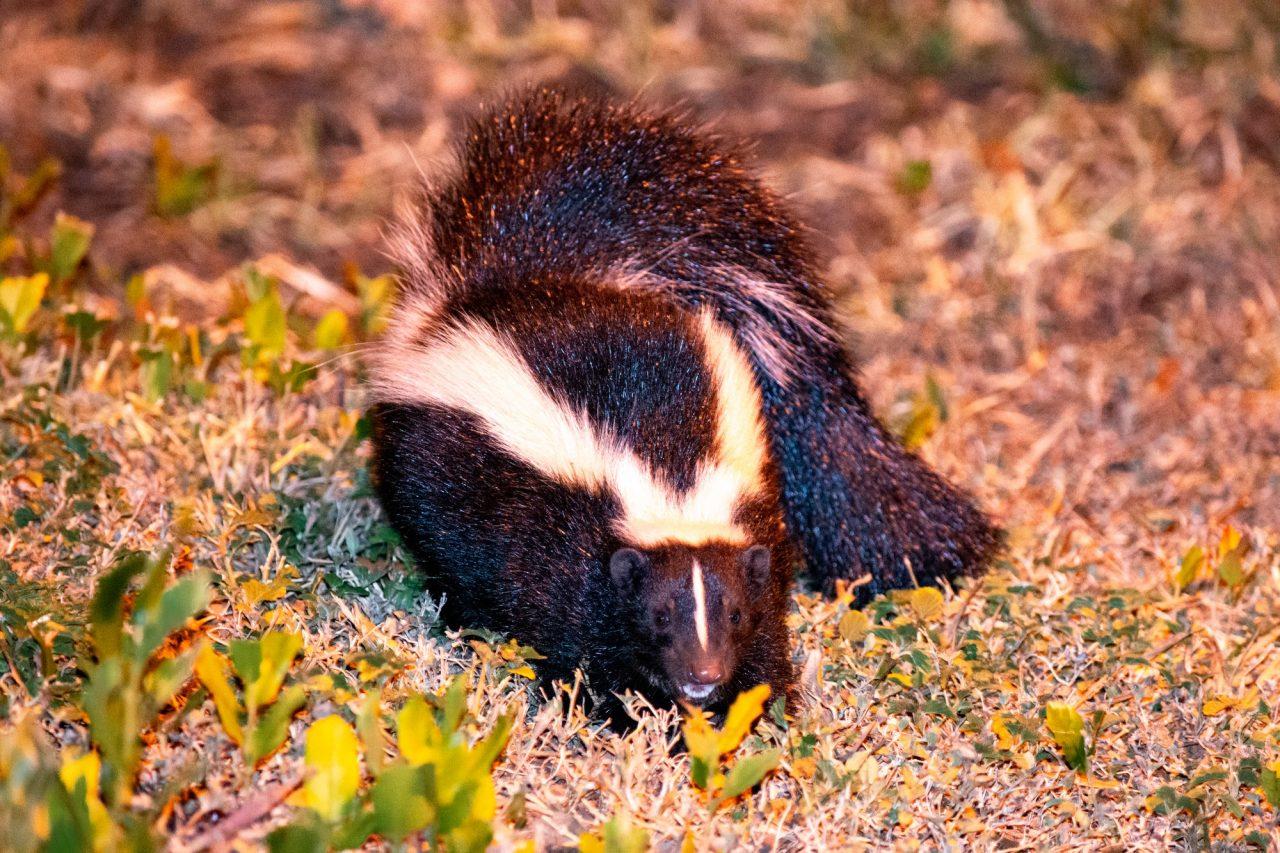
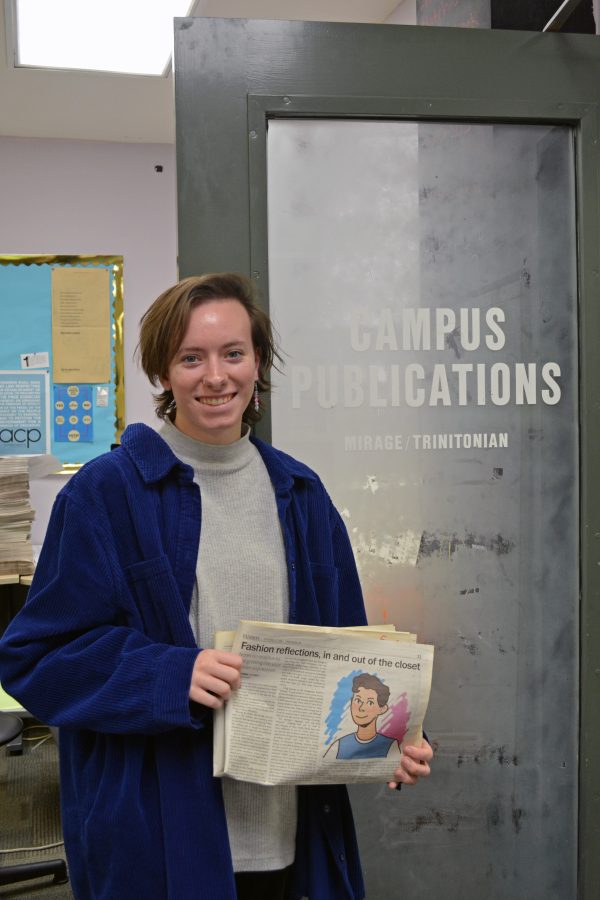

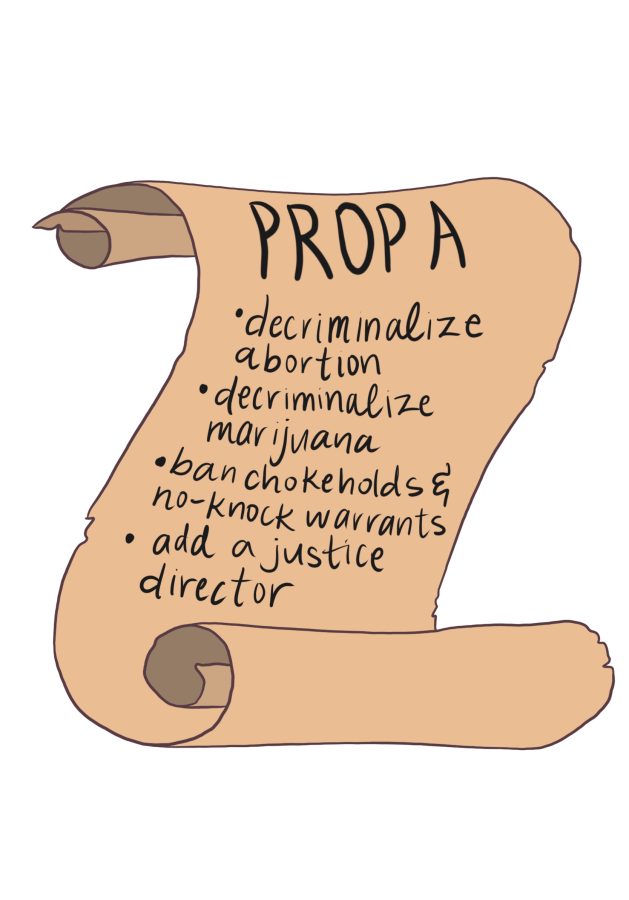
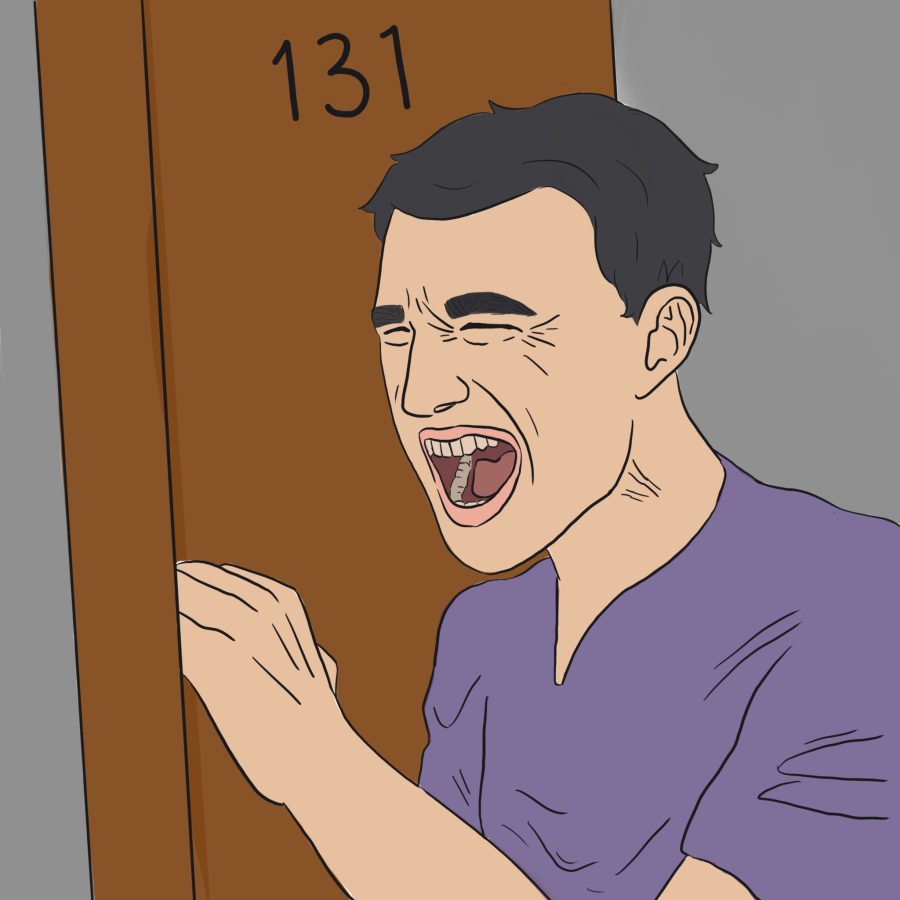

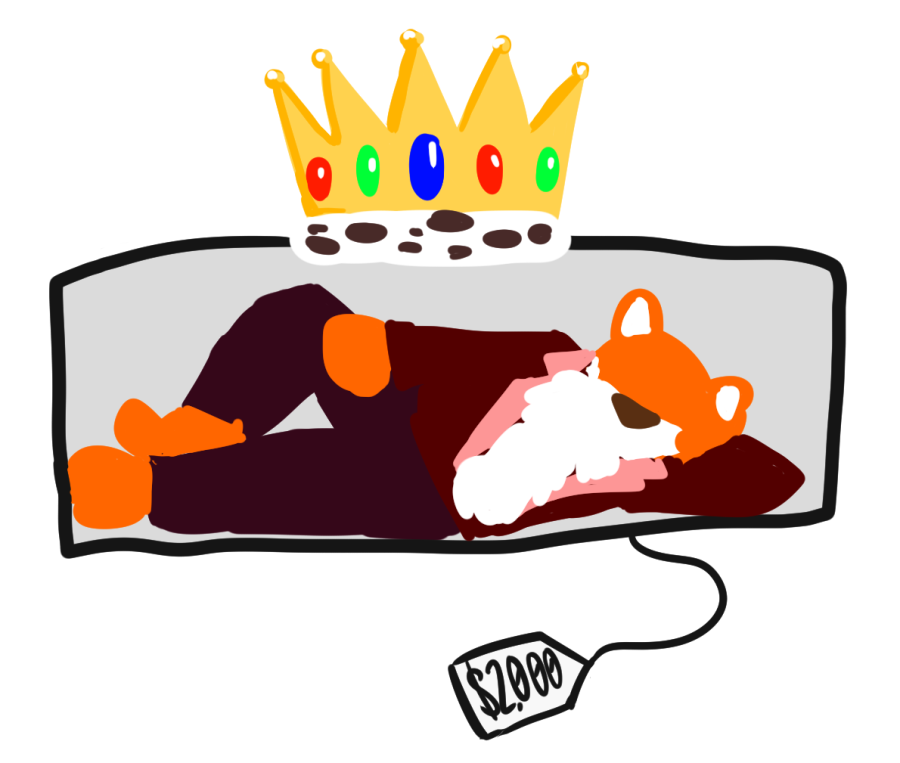






Elliott Crunk • Oct 18, 2020 at 3:02 pm
I like the skunks.